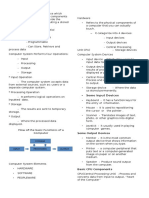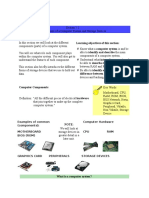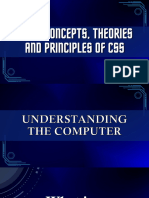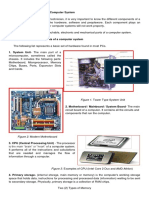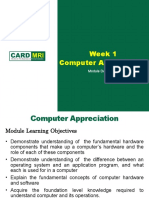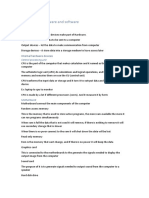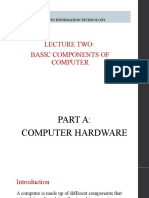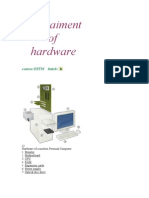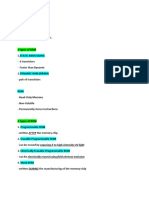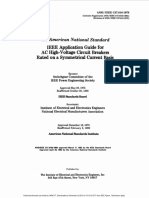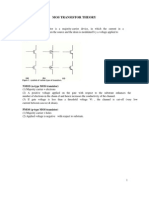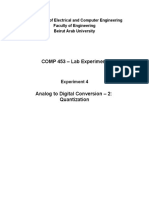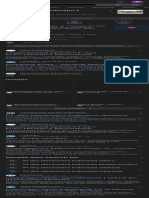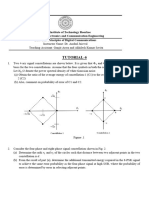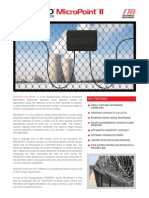0% found this document useful (0 votes)
439 views24 pagesComputer Hardware Design
The document discusses the main hardware components of a personal computer. It describes the central processing unit (CPU) as the "brains" of the computer that processes instructions and data. The motherboard contains most essential components and connects other parts like memory, storage devices, and input/output ports. Common storage devices include hard drives for permanent storage and RAM for temporary memory. Key input devices are keyboards, mice, and cameras to provide instructions and data to the computer. Output devices like monitors, printers, and speakers display the information processed by the computer.
Uploaded by
api-356800314Copyright
© © All Rights Reserved
We take content rights seriously. If you suspect this is your content, claim it here.
Available Formats
Download as PDF, TXT or read online on Scribd
0% found this document useful (0 votes)
439 views24 pagesComputer Hardware Design
The document discusses the main hardware components of a personal computer. It describes the central processing unit (CPU) as the "brains" of the computer that processes instructions and data. The motherboard contains most essential components and connects other parts like memory, storage devices, and input/output ports. Common storage devices include hard drives for permanent storage and RAM for temporary memory. Key input devices are keyboards, mice, and cameras to provide instructions and data to the computer. Output devices like monitors, printers, and speakers display the information processed by the computer.
Uploaded by
api-356800314Copyright
© © All Rights Reserved
We take content rights seriously. If you suspect this is your content, claim it here.
Available Formats
Download as PDF, TXT or read online on Scribd
/ 24










